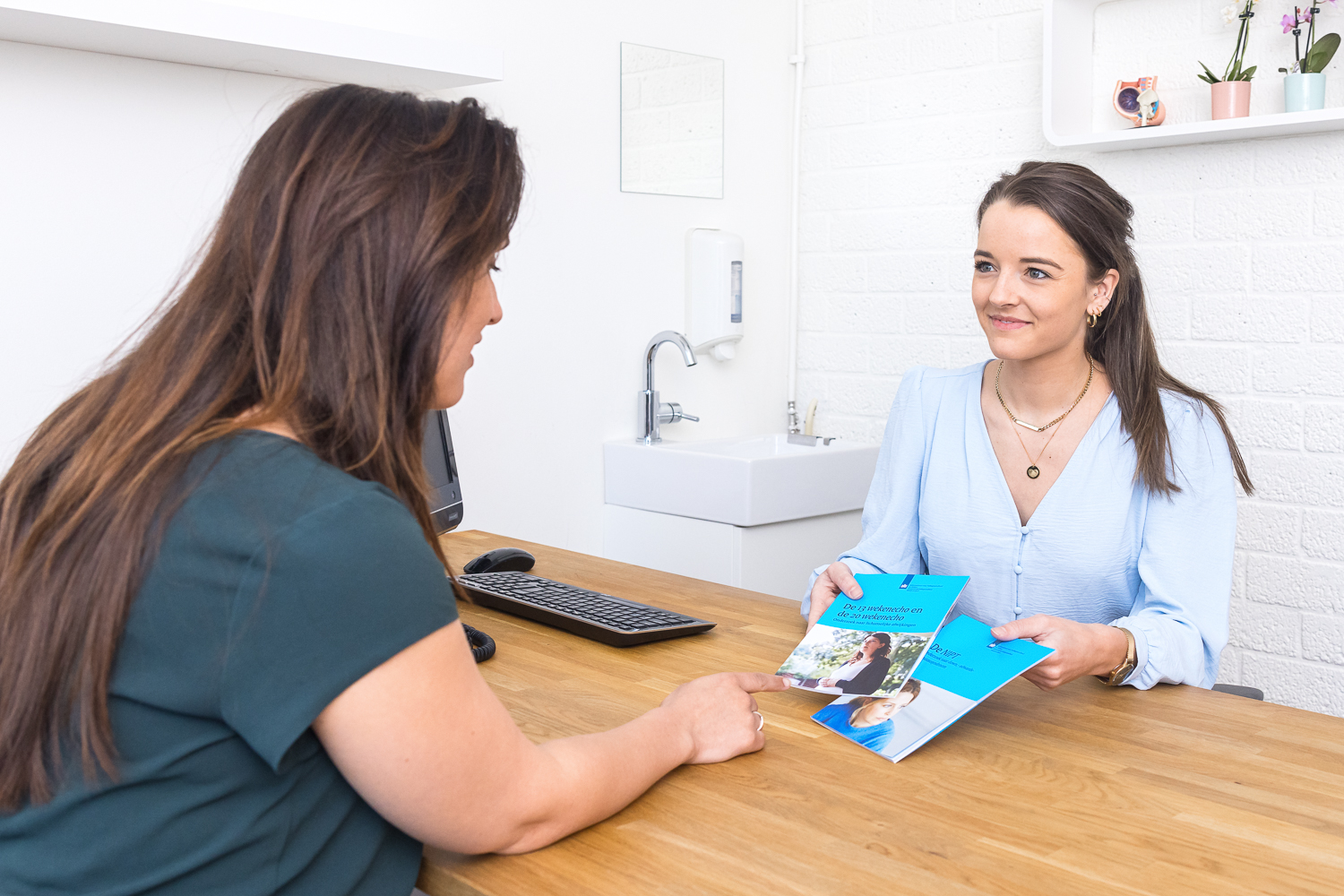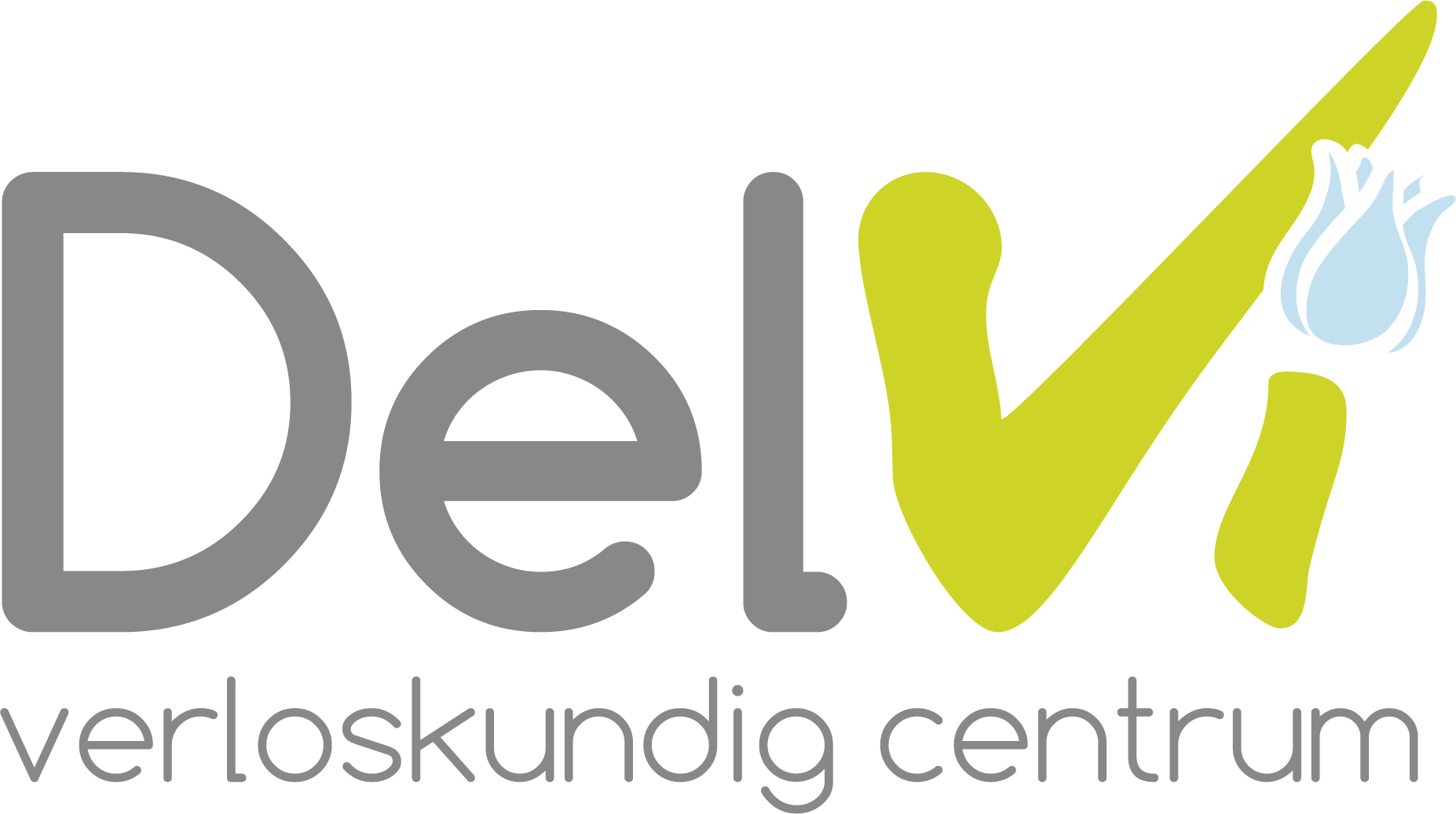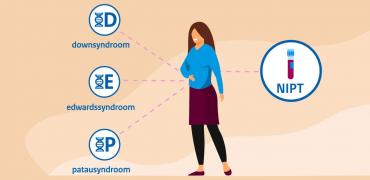
Prenatal Screening
During pregnancy, you have the option of having tests done for any abnormalities in your baby. This is called prenatal screening.
Screening is a choice. Nothing has to be done, everything is allowed. Your choice does not affect the care we provide. The possible tests are described below.
Onderzoek naar chromosomale afwijkingen; de NIPT
Bij de Niet-Invasieve Prenatale Test wordt er bloed afgenomen bij moeder. Dit is mogelijk vanaf 10 weken zwangerschap. Bij de NIPT wordt er gescreend op het Down-, Edwards- en Patausyndroom.
If no indication of an abnormality is found, it is >99% certain that the baby does not have these abnormalities.
In about 5 in 1,000 women, a clue to an abnormality is found. In these cases, it is not certain that the baby has this abnormality. Follow-up testing is then indicated.
Want to know more about the NIPT? Then check out PNS.nl.
Examination for physical abnormalities; the 13- and 20-week ultrasound
You can choose to screen for physical abnormalities in the baby during pregnancy. This is done through the 13- and 20-week ultrasound. You can opt for no ultrasounds, both ultrasounds or just the 20-week ultrasound. Both ultrasounds are performed by the experienced ultrasound specialists of Prenataal Centrum de Look.
The 13-week ultrasound (ETSEO)
In addition to the 20-week ultrasound, since September 2021 there is the possibility of having a 13-week ultrasound. This is also called the "first trimester structural ultrasound examination.
The purpose of the 13-week ultrasound is to detect any physical abnormalities early so you have more time to do additional testing. At 13 weeks the baby is still very small and not all abnormalities will be visible yet.
Therefore, the 13-week ultrasound is not a replacement for the 20-week ultrasound. It is also for this reason that the 13-week ultrasound is still part of a study. This study will examine the advantages and disadvantages, and the added value of this ultrasound.
If you opt for the 13-week ultrasound, permission to participate in the IMITAS study is required. This means that records of the study and birth outcomes will be kept for scientific research.
The 20-week ultrasound (TTSEO)
At 20 weeks, the baby is already much larger than at 13 weeks. It is possible to reliably screen for any physical abnormalities at 20 weeks. The 20-week ultrasound is also called the second trimester structural ultrasound examination.
This ultrasound involves screening of the baby from head to toe to see if everything looks as we expect. It also screens the placenta and the amount of amniotic fluid.
Want to know more about the 13- and 20-week ultrasound? Then check out PNS.nl.



